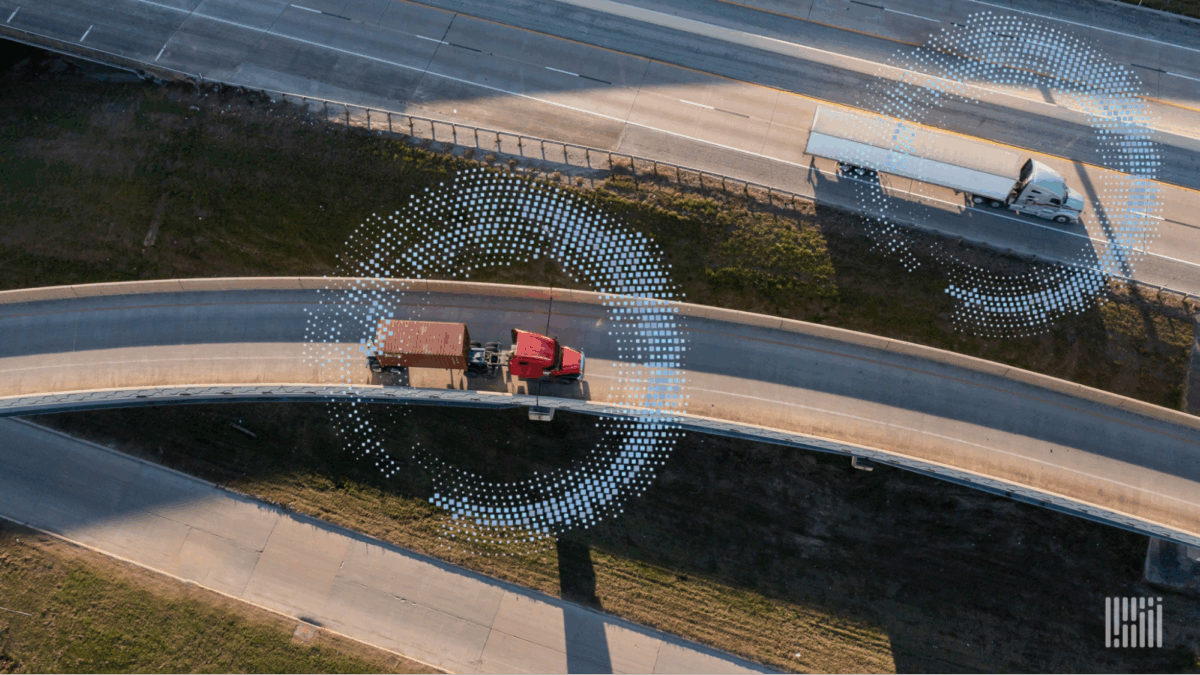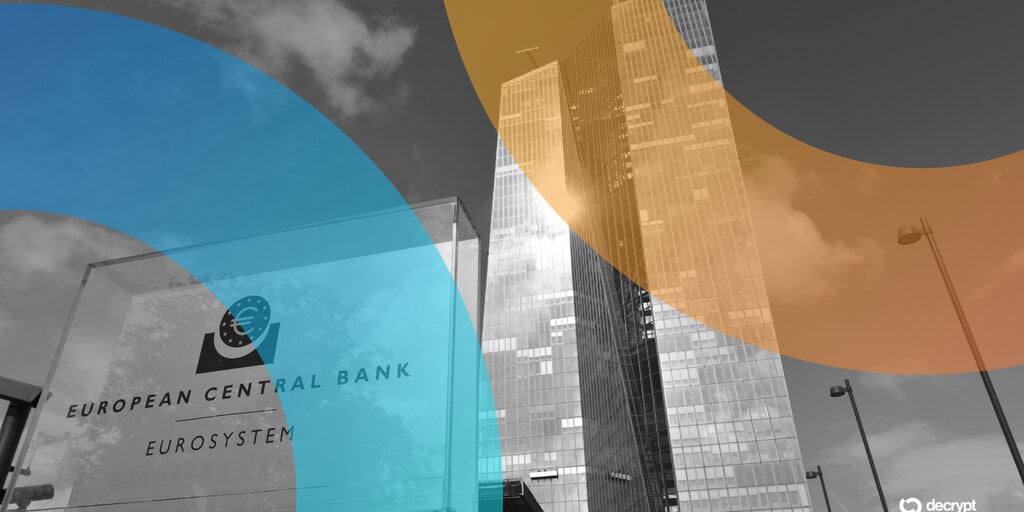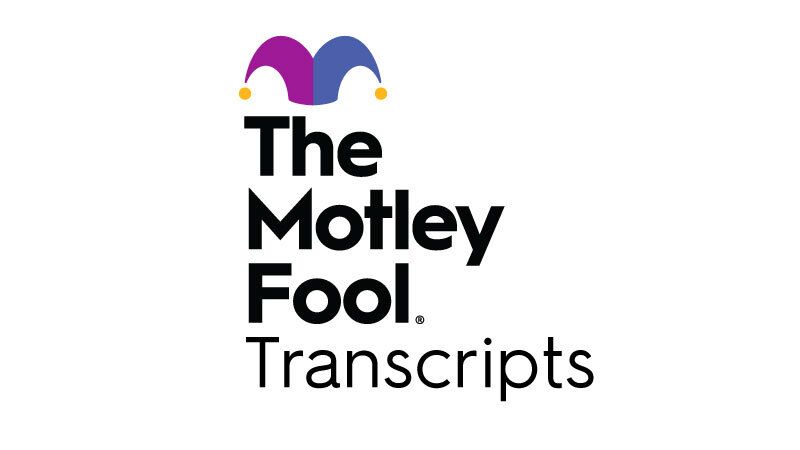Copyright FreightWaves

Systems built for single functions, rate shopping, customer notifications, or fleet management often fail to share data fluidly, creating blind spots in visibility and costing valuable time and money. “The reality is, more solutions mean more data fragmentation and less fluidity in the supply chain,” says Catania. “There’s a real need to solve a broader array of problems through one platform instead of several partial ones.” That need for unification stems from hard lessons learned during the pandemic. When disruptions hit, many shippers layered on software quickly to plug immediate gaps. Some shippers now find themselves juggling multiple courier networks, driver tracking apps, and homegrown dispatch tools that don’t talk to each other. It’s becoming a common trend as case studies are more commonly showing platform consolidation. EFC International showed how a North American manufacturing client had over 100 fastener‑commodity suppliers, multiple ERPs, many SKUs, and logistics inefficiencies. By consolidating suppliers, rationalizing SKUs, and fully integrating an ERP system, they were able to solve these problems. According to Catania, consolidation isn’t just about cutting costs; it’s about decision-making agility. “Shippers shouldn’t think about shipping terms as static,” he explains. “They need a system that can tell them, dynamically, what’s best for a specific shipment based on cost, SLA, and service-level performance. That’s what drives efficiency.” The challenge, however, often extends beyond technology into organizational boundaries. As shippers start to narrow down their logistics stack, questions arise over who owns which system and who can make the call to retire a platform. In many companies, separate departments have implemented overlapping technologies for different parts of the shipping journey, customer experience, fulfillment, and fleet operations, without a unified strategy. That fragmentation has paved the way for FreightTech platforms that don’t just add features, but replace the stack entirely. OneRail is among the solutions leading that shift, integrating the full delivery lifecycle, from order routing and rate optimization to tracking, proof of delivery, and payment, under one roof. “We act as an intermediary,” Catania explains. “Our platform handles the payment to the courier, the shipment execution, and the customer experience. Everything flows through one system.” This approach highlights a broader evolution in FreightTech, from app-based logistics to platform-based orchestration. Rather than relying on a patchwork of niche applications, shippers are moving toward unified ecosystems that aggregate data, automate decisions, and provide end-to-end visibility. That consolidation also sets the stage for the next leap forward: intelligent automation. When it comes to the use of AI within platform consolidation, Catania says OneRail began investing heavily in artificial intelligence several years ago, and those efforts are now paying dividends. “When we built the platform, it was designed to learn from every delivery,” he explains. “It understands demand cycles, courier performance by geography, and can make routing decisions based on data. The impact is in removing the mundane. That’s where AI delivers the most value.” For shippers navigating an increasingly complex environment, that kind of intelligence is invaluable. But as Catania cautions, “It’s getting harder as a shipper to know what’s real and what’s not. The best evidence for AI is in the right place, where it’s replacing manual tasks and driving measurable performance gains.” The future of FreightTech, then, isn’t about who has the most features; it’s about who integrates best. Shippers that are embracing consolidation not as a cost-cutting measure, but as a foundation for smarter, faster, more adaptive supply chains have set themselves up for the greatest success. “The old way,” Catania says, “can end up being the most expensive. Consolidation isn’t about taking something away—it’s about unlocking what’s next.”



